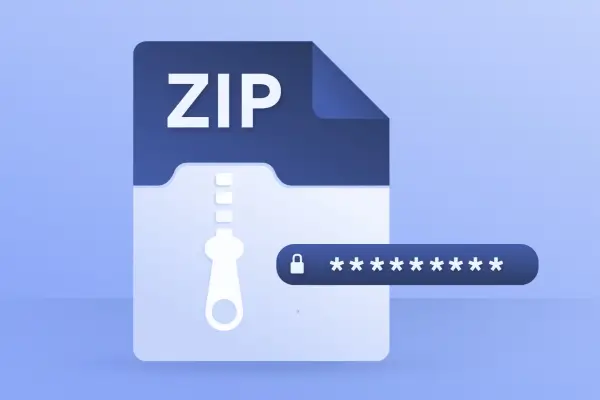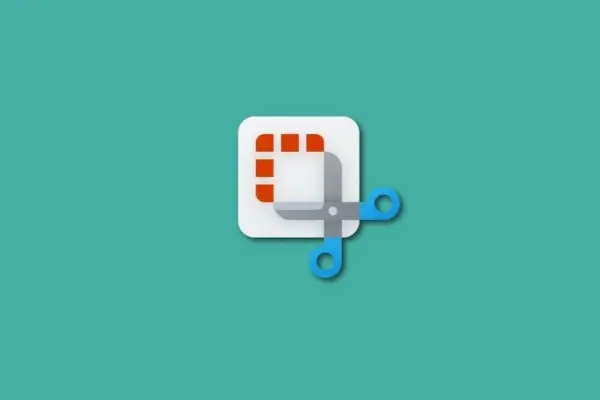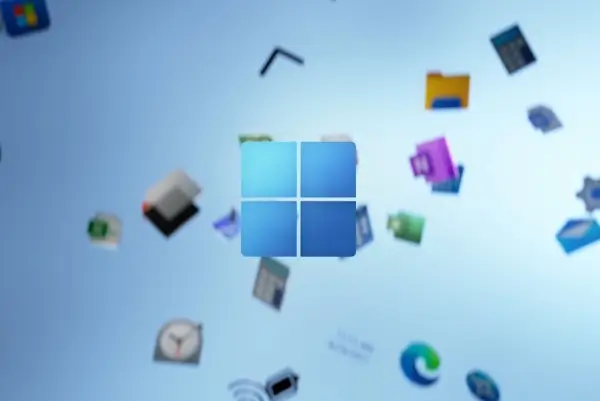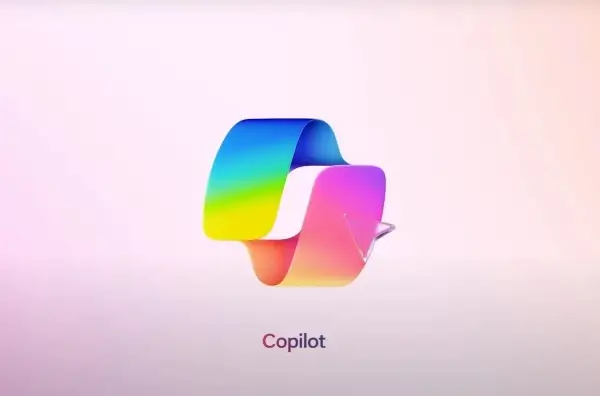There are many utilities that are thought to be a comprehensive solution for cleaning clutter from numerous Windows directories. One such example is the CCleaner which is widely used for getting rid of junk files. However, many lays users are unaware of the fact that software like the CCleaner are not effective in comprehensively clearing system clutter, as they leave behind junk files from many directories (e.g. the log files from the Windows system directory and even the Temp folder from multiple user profiles). The point is that identifying and clearing clutter from a system can be a daunting task and a lay user may not have the know how to complete this task with perfection. In this post we will tell you how to clean and avoid system clutter (particularly from less known areas of your computer) with the help of an excellent cleaning tool called SlimCleaner, by the use of a Windows command line and provide tips to avoid the build up of junk files and folders.
SlimCleaner
We will start with SlimCleaner which is a free application for clearing junk files, file shredding, managing startup options and identifying / removing toolbars, software, system processes, etc that might have hijacked parts of your system resources. After launching SlimCleaner you can use the Cleaner tab to configure detailed options for selecting Windows directories, application and browser files to cleanup. These may include, folders such as the temp folder, CD burn storage files, temporary browser and application files, etc. This way users can get a good overview of files that they might not need and might have overlooked as clutter, such as temporary files used by a software during installation.
In case you wish o know more about a selected item click on Analyze to see file attributes or click on Run Cleaner to initiate the cleaning process.
Other than being a junk file cleaning software, SlimCleaner also offers optimization options for startup applications and services (from the Optimize tab). Whereas you can perform common application uninstalls from the Uninstaller tab, Shred files from the Shredder and access Control Panel options from Windows Tools. There is even a CPU and RAM meter which displays the currently used system memory and CPU usage.
Another way by which you can clean unnecessary files from your system is by removing hijacking software. Many freeware come with toolbars, associated software and the like, that get installed on a system either because a user did not pay attention to installation options or because such an option was unavailable. The Hijack Log option in SlimCleaner provides a comprehensive overview of such processes, services and software and provides an easy interface to remove them. It has a Novice and Expert option. The latter displays more areas to identify and remove such items from.
Windows Command Line
Although many software make log files within their respective Program File directories sub-folder, however, some applications save the logs to the Windows system directory in the primary drive. This Windows system folder can get filled with a large number of log files over a period of time and this clutter remains untouched due to the fact that system cleaning software are not designed to clean them. In fact I am yet to find any software that can actually clear these files. The best way to remove them is by the below mentioned command line. Back in the day as a system engineer, I have removed up to 500MB of clutter from computers with the help of this command. This includes systems on which software like System Mechanic and CCleaner had already been run multiple times.
Open a command prompt from the Start Menu and type in the following command:
cd/
cd windows
Del *.log /a /s /q f
This will remove the log files from the Windows system directory.
In this command “a” signifies all, whereas “s” deletes files from all sub folders, “q” bars from any prompts to ask for a yes/ no question and “f” forcibly removes the files. The periodic use of SlimCleaner and this command line can help you get rid of all kinds of clutter (including hidden clutter) from your computer. This can help avoid low disk space in the primary partition and allows you to reclaim your free hard disk space.
Now we shall explore some general tips for avoiding the build up of junk files.
General Tips To Avoid Junk Files
Disable Logging
· When installing software, pay close attention to the setup. Many software have a logging option enabled (during
installation), you can uncheck this option to avoid the buildup of unwanted log files.
· Such options can also be unchecked when configuring software features. Many logging options are enabled by default to
provide users with a detailed overview of the application processes and errors. But these log files are too complicated to be
understood by a lay user and merely end up consuming a lot of system space.

Be Careful About Hijacking Programs
Many freeware come with toolbars and associated applications that hijack system components. Pay due attention when installing software in order to avoid such unwanted programs from eating up your system space and taking over your system resources. Try going through the custom installation procedure (if available) and avoid adware.
Avoid Experimenting With Too Many Applications
Installing too many applications just to experiment and later uninstall them can lead to a lot of clutter. Many applications leave behind files and folders even when they are uninstalled. This leaves to junk files that are even hard to identify and remove by cleaning software. Therefore, it is better to stick to trusted applications. Avoid installing every new application that may seem useful. Try checking out reviews and user ratings in order to identify the best available resource for your system.




